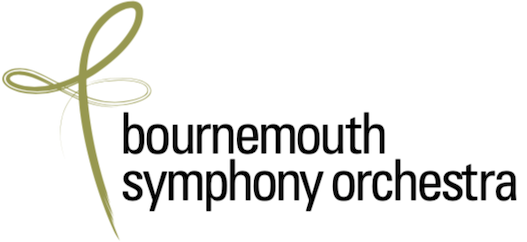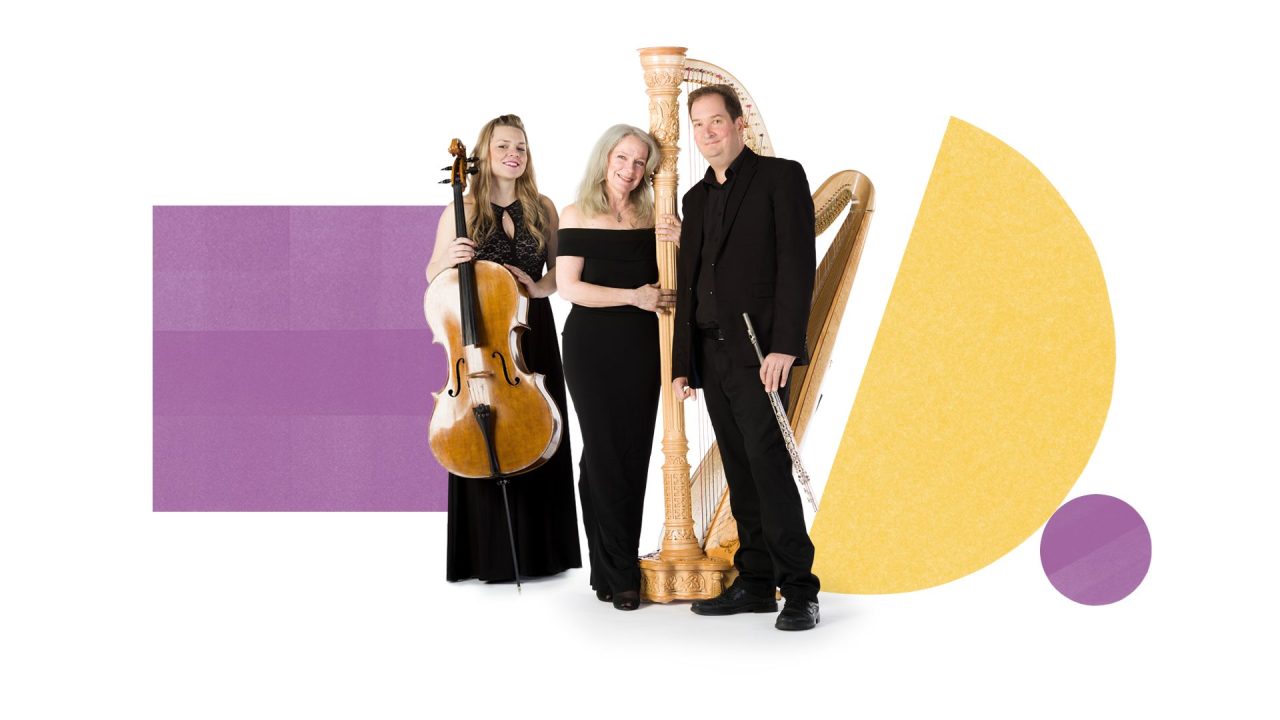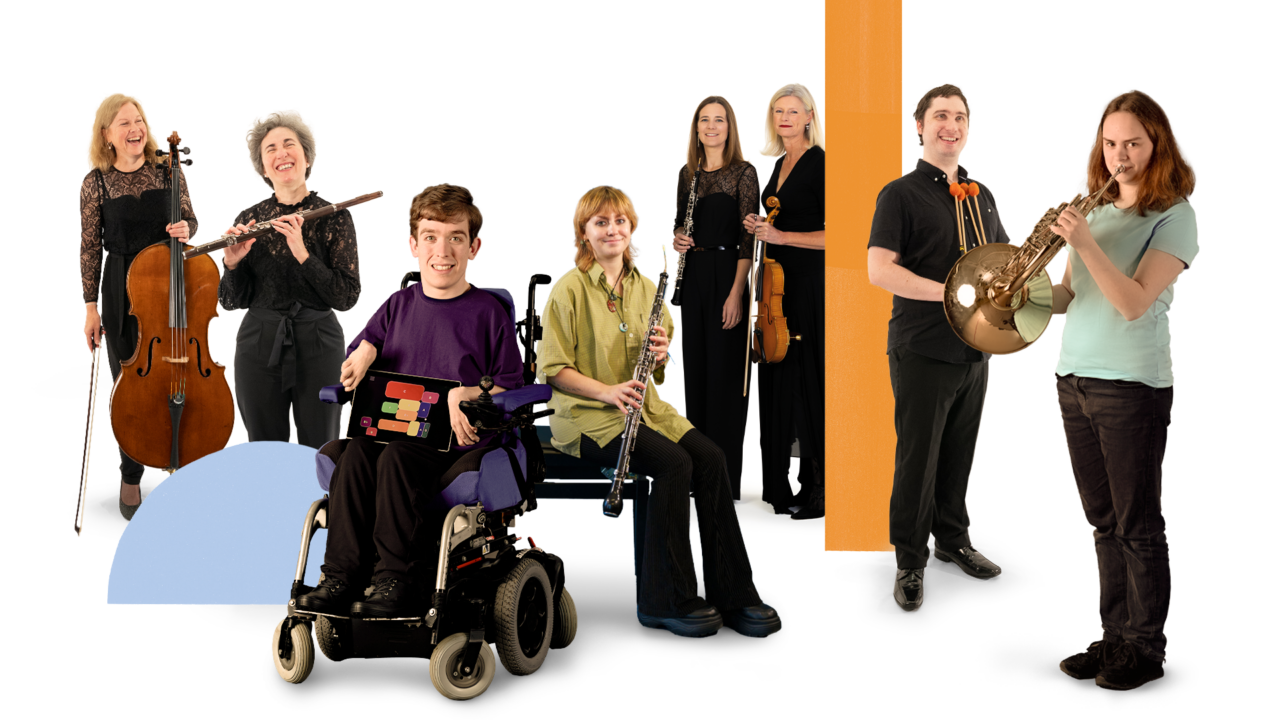Der Freischütz is a convoluted tale of magic bullets, invisible spirits, and pacts with the devil. Today the opera is rarely staged, but its overture, full of dramatic contrasts of this tale of conflict between good and evil, remains one of Weber’s most popular orchestral works. Prokofiev’s Second Violin Concerto was his last work to be written before his return to Moscow from self-imposed exile. Full of lyrical beauty, it perfectly suited the Soviet desire that music should appeal to the masses. Prokofiev was also working on his ballet Romeo and Juliet at the time so it is not surprising that the concerto is just as tuneful and Romantic. Brahms’ First Symphony, although inspired by those of his hero Beethoven, broke new ground for symphonic form. It is a symbolic journey from darkness to light, the themes developed from a handful of motifs, all smelted together into a shining edifice, with nothing wasted. Two middle movements provide a relief between the power and weight of the opening and closing movements, and his orchestral sound also is unique: by turns dark and meltingly warm, often infused with a rueful quality expressing a strain of sadness in his personality never lightened by artistic success.
Find out about James Ehnes’ love of Prokofiev’s Violin Concerto No.2 which he thinks is very close in style to the ever-popular ballet music from Romeo and Juliet that we all know and love.





